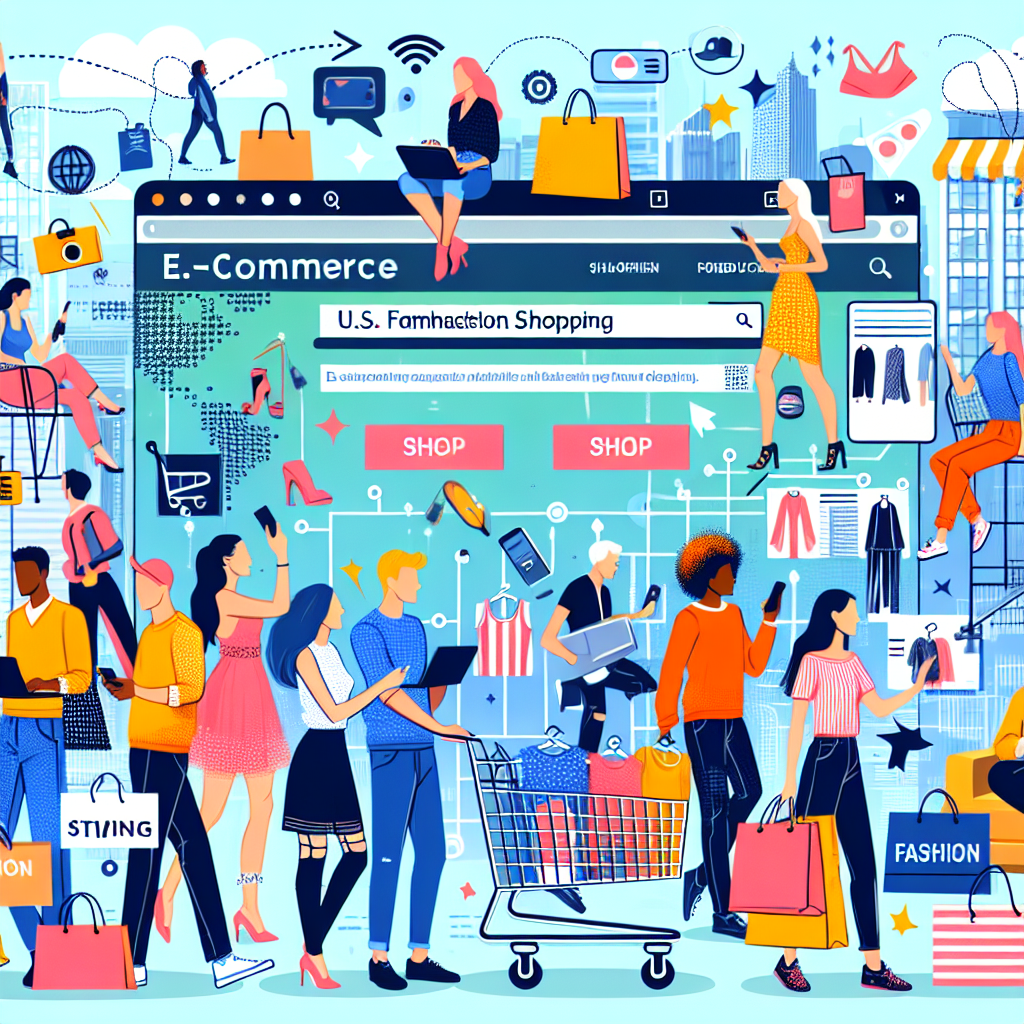
U.S. Fashion Ecommerce Trends and Insights for 2024-2031
The U.S. fashion ecommerce industry is poised for significant transformations in the coming years. As technology advances and consumer behaviors shift, brands must adapt to remain competitive. This blog post will explore key trends and insights that will shape the fashion ecommerce landscape from 2024 to 2031.
1. Rise of Sustainable Fashion
The demand for sustainability in fashion is showing no signs of slowing down. Consumers are increasingly looking for eco-friendly brands that prioritize ethical practices.
Key factors contributing to this trend include:
Brands that embrace sustainability will not only attract conscious shoppers but will also create a loyal customer base.
Strategies for Integrating Sustainability
To capitalize on this trend, fashion retailers should:
Emphasizing sustainable practices can enhance brand reputation and foster deeper connections with customers.
2. Personalization and Customization
Consumers expect a tailored shopping experience that caters to their individual preferences. Fashion ecommerce platforms are increasingly leveraging data analytics and AI to deliver personalized product recommendations.
Strategies for Enhanced Personalization Include:
By enhancing personalization, brands can improve customer satisfaction and drive higher conversion rates.
The Role of Technology in Personalization
Technological advancements will further enhance personalization strategies:
Fashion retailers need to invest in these technologies to stay competitive in the evolving market.
3. The Dominance of Social Commerce
Social media platforms are becoming critical sales channels for fashion ecommerce. As users increasingly discover brands through platforms like Instagram and TikTok, brands need to harness social commerce effectively.
Key Points to Consider:
Brands can take advantage of social commerce’s reach by developing highly engaging content and strategic partnerships.
Building a Social Commerce Strategy
To leverage social commerce, fashion brands should:
By fostering engagement on social platforms, brands can significantly drive sales.
4. Rise of Subscription Services
The subscription model is gaining traction in the fashion industry, offering consumers a convenient way to shop. This model provides a steady stream of revenue for brands while allowing customers to discover new styles.
Benefits of Subscription Services:
Brands that adopt this model need to focus on personalization and quality to meet customer expectations.
Creating a Successful Subscription Offering
To be successful in the subscription market, brands should consider:
A successful subscription service can create a robust community of loyal customers.
5. Innovations in Payment Solutions
As ecommerce grows, so does the need for diverse payment options. Consumers are looking for flexibility in how they pay for purchases.
Emerging Payment Trends Include:
Brands need to adapt to these changing preferences to cater to a wider audience.
Integrating Various Payment Methods
To appeal to diverse consumer preferences, brands should:
A variety of payment options can significantly enhance the customer experience.
6. Emphasis on Augmented and Virtual Reality
AR and VR technologies are transforming how consumers experience fashion ecommerce. These technologies offer immersive shopping experiences that can bridge the gap between online and in-store shopping.
Key Benefits of AR/VR:
Investing in these technologies will attract tech-savvy consumers and improve overall sales.
Implementing AR and VR in Fashion Ecommerce
To effectively use AR and VR, brands should:
These strategies will enhance the digital shopping experience and reduce the likelihood of returns.
Conclusion
The U.S. fashion ecommerce industry is on the verge of significant change, driven by various trends and technologies. By focusing on sustainability, personalization, social commerce, subscription services, advanced payment options, and AR/VR technology, brands can thrive in the ever-evolving market landscape.
Investing in these areas will not only lead to improved customer engagement but will also drive sustainable growth for years to come. Brands that stay ahead of the curve will not only benefit in terms of profitability but will also create deeper connections with their customers in the process.



